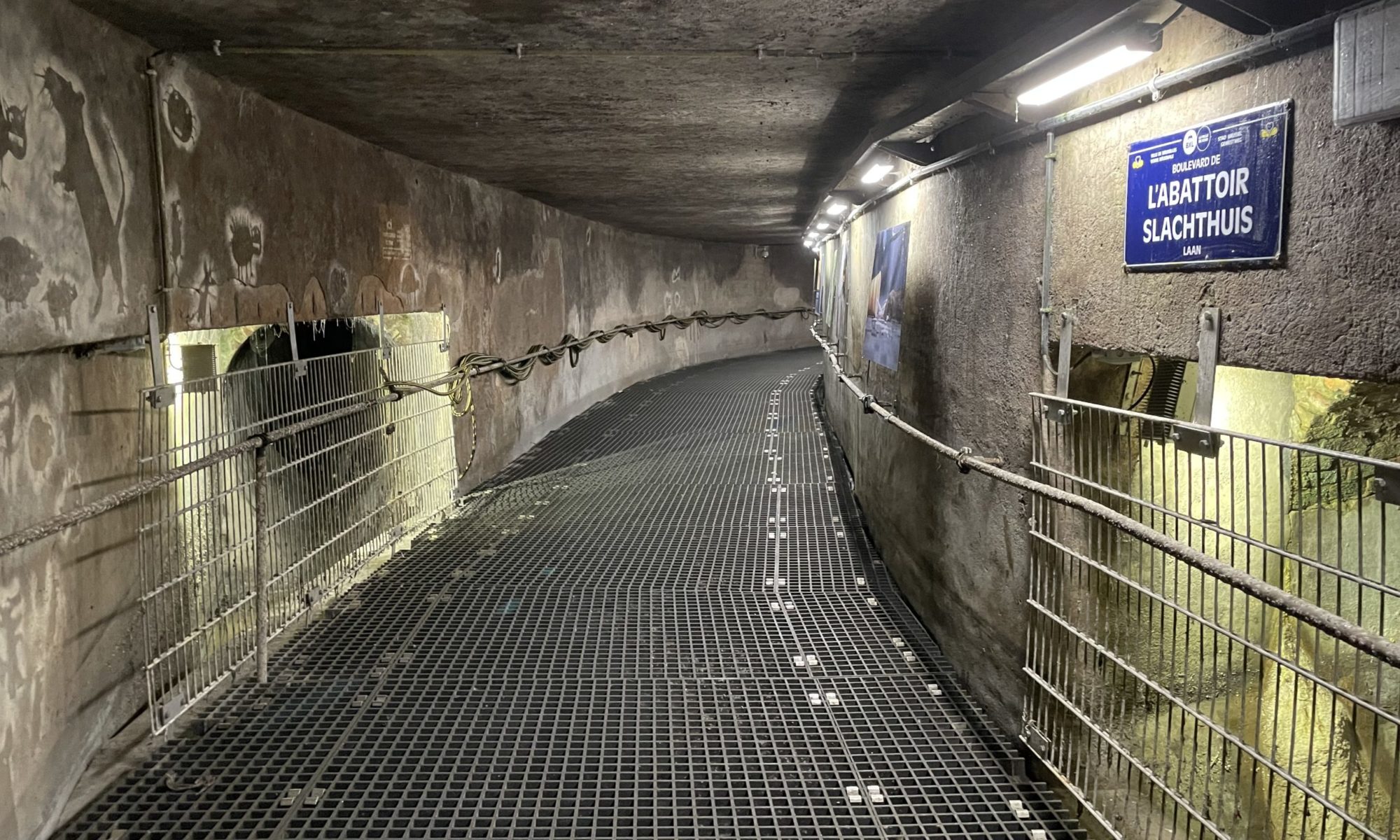In today’s world, rapid changes in technology are even reaching into the world of snow and ice control. I just spend three days at the annual APWA Snow Show in Louisville, Kentucky, and learned an incredible amount of new information to take back home.
On the first day, Richard Hanneman from the Salt Institute introduced a new software tool that can be used by an agency to determine the most cost effective chemical to use. This program, offered by the Transportation Research Board (TRB) as NCHRP Report 577, requires the user to input the costs of the chemicals to be considered along with the importance of cost, performance, the environment, or infrastructure. Using this information, the model predicts which chemical most likely meets the users objectives with respect to those four parameters.
Hanneman showed the outcome of two different scenarios. The first had the following assigned percentages for each objective: Price, 45%; Performance, 35%; Environment, 11%; Infrastructure, 9%. The outcome using current market pricing was that above 15 degrees F, salt earned a score of about 90 while the other products only reached about 60-70. Once the temperature dropped below about 10 degrees F, Magnesium Chloride moved up to a score of about 90 while salt dropped significantly.
Then he showed what happens if cost is not a factor changing the priorities to: Price, 0%; Performance, 25%; Environment, 37.5%; Infrastructure, 37.5%. The outcome was that above 15 degrees F, all products clustered close to scores of about 60-65. Below about 5 degrees F, Potassium Acetate moved up to a score of about 70.
For some reason, the TRB Web site was not working well when I wrote this. I found a place to download the tool at the Salt Institute Web site. You can access that link here: http://www.saltinstitute.org/snowfighting/
(The download link is at the bottom of the page.) Tune back in later for more about the show….


